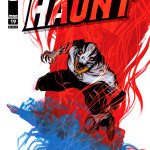
by Ben Zackheim | Jul 1, 2014 | Writing |
I am so pleased to announce the team behind my new Fantasy book series, The Camelot Kids. The ebook series will arrive on Amazon this August!
When I started writing the story years ago I’d hoped to gather an Ace team of illustrators to flesh out my world.
Looks like my wish came true.
The Camelot Kids team
 Nathan Fox is our Art Director and cover artist for the series. You’ve probably seen Nathan’s work in Rolling Stone, Wired, The New Yorker or a multitude of Marvel/DC/Image/Dark Horse comics. Let’s just say that having Nathan Fox on your team is like having a Hulk.
Nathan Fox is our Art Director and cover artist for the series. You’ve probably seen Nathan’s work in Rolling Stone, Wired, The New Yorker or a multitude of Marvel/DC/Image/Dark Horse comics. Let’s just say that having Nathan Fox on your team is like having a Hulk.
Here are some recent illustrations.
So yeah. It’s good to have Nathan Fox on board The Camelot Kids…
And then…Ian Greenlee. Ian Greenlee is an up and comer if I’ve ever seen one. You have never seen work like his. Click on this link, and you’ll see what I mean:
Ian Greenlee
Ian’s work on The Camelot Kids is blowing everyone away. He’s doing the book’s interiors. I can’t wait to roll out the character studies and sketches he’s done so far. I’ll keep showing off peeks here and there, so keep on coming back.
I can’t take it anymore. Just go to his site. Amazing. And wait until you see what he’s doing with The Camelot Kids! I’ll be rolling out peeks at his work in the coming weeks.
Wrapping it all up into a package that will astonish is Raymond Buetens of Slub Design. Ray is an old friend who also happens to have an impeccable eye for book design.
When the softcover comes out, it will be packed with surprises around every chapter. This guy knows how to have fun with a book. Seriously.

On the marketing front is Jeff Rutherford. Jeff works on the deadly-sharp cutting-edge of online marketing. He’s come up with some ideas that are going to get The Camelot Kids in front of every eyeball looking for something, ANYTHING Camelot.
Off we go! The Camelot Kids series will be released in four ebooks from August to November. Then, in December you’ll be able to buy the full book as a softcover or ebook boxed set.


by Ben Zackheim | Jun 28, 2014 | The Camelot Kids, Writing |
Twitter
(Please click the Retweet icon at the bottom of the post below)
Facebook
(Please Share or Like a Facebook post)
If you’re not seeing Share or Like buttons in the post above, then you can click on these links and share from there!
Pinterest
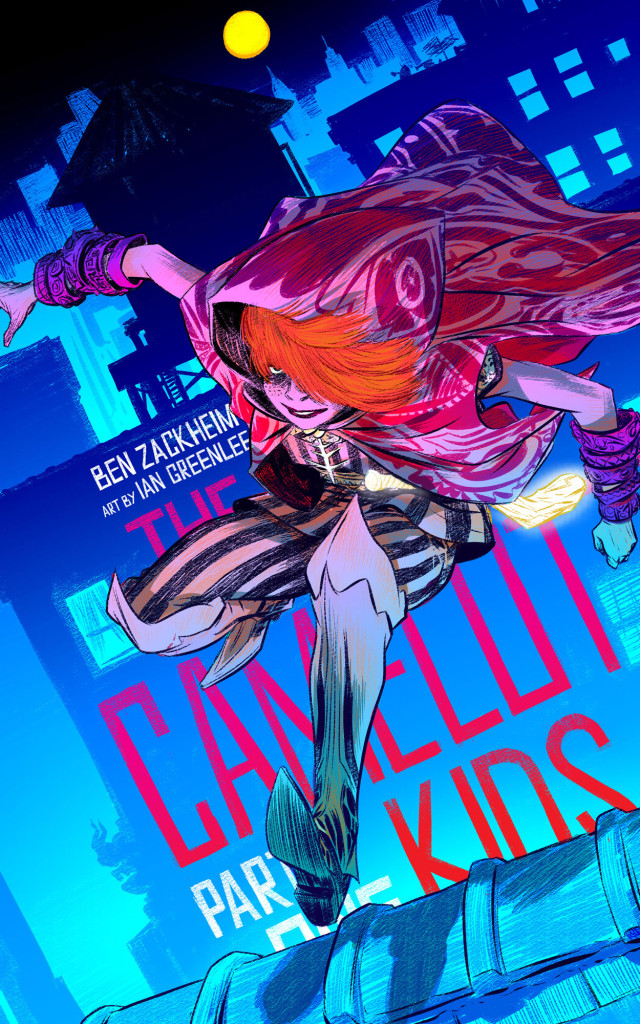
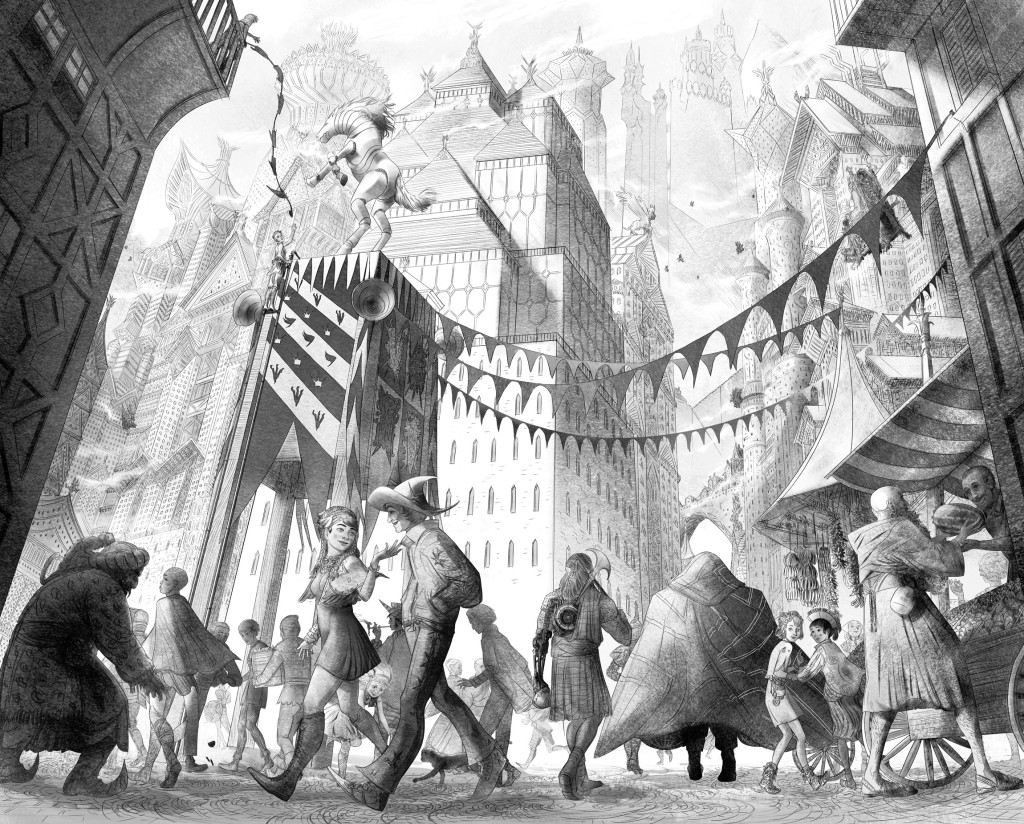
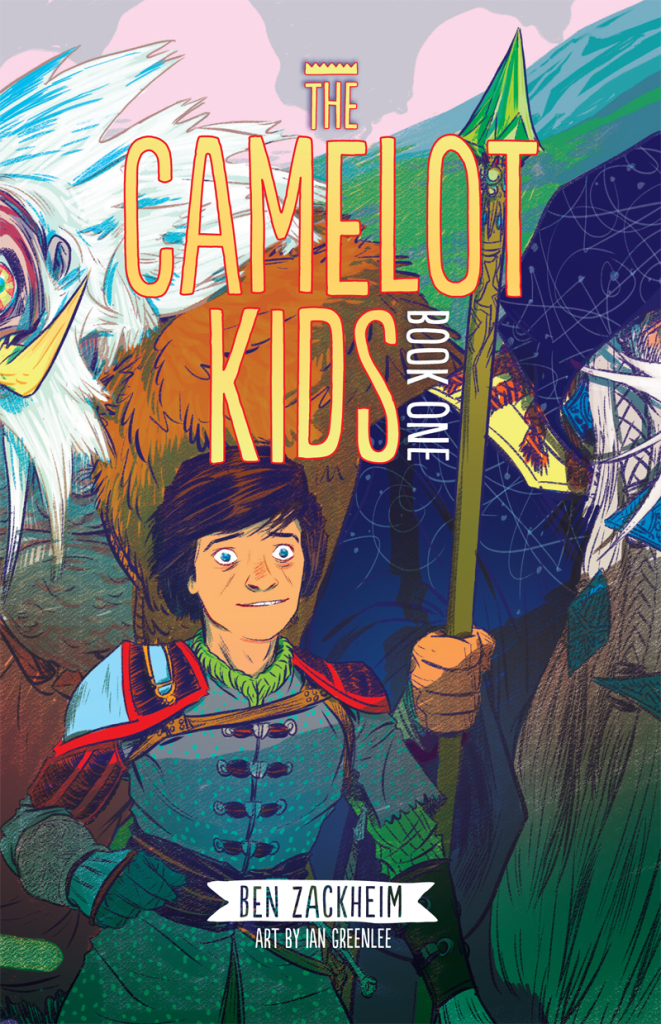
(Please pin this image to one of your Pinterest pages)
Follow Ben Zackheim’s board The Camelot Kids on Pinterest. [divider divider_type=”dark”][/divider]
Take the quiz and share your result!
(Which Camelot character are you? Please share your results on Facebook)
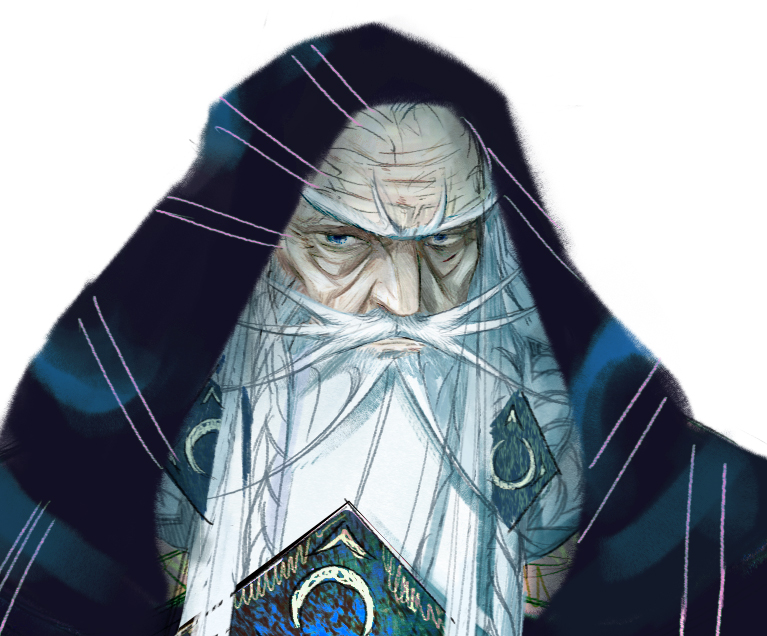
by Ben Zackheim | Jun 27, 2014 | The Camelot Kids |

The Camelot Kids are coming!
I have a big announcement on July 1st that should make fans of comic books, Fantasy and great art happy. The full details (and sneak peeks at the artwork) will be in my July 1st newsletter, which you can sign up for here.
If you love Camelot, Merlin and Excalibur (or if you always thought you maybe-kinda-possibly-could) then check back here often for news about the series launch. I’ll be rolling out fantastic imagery that top-tier talent is crafting just for the first book in The Camelot Kids series.
So excited, I think I just giggled a little.
(Oh yeah, snoop around my site to get an early look at some of the characters.)
See you July 1st!

___________

by Ben Zackheim | Jun 24, 2014 | Digital Identity, Writing |

When I talk about an artist’s Digital ID my focus is on the presentation and preservation of who we are and what we do in the digital realm. In my opinion, today’s creative people have a unique opportunity to define how we’ll be discovered, seen and remembered. The same way that victors write the history books, only the artists who make the right choices around their digital legacy will produce lasting work.
It’s a tough concept to get our heads around. Hell, I’m writing this series so that I can begin to understand it myself. But it’s an important discussion, because our conclusions will yield solid next steps for:
-
Being online in a way that’s true to ourselves and our work
-
Ensuring that our hard work will be enjoyed long after we’re gone
So perhaps this particular wrinkle in Google’s robe will shed light on what we’re talking about. Not because it’s some sexy new feature or product. But because of its spectacular presumptuousness.
Forget being remembered, how can you manage to be forgotten?
Europe’s highest court recently passed down a ruling that’s widely called The Right To Be Forgotten. In response, Google announced a new service that allows EU citizens to submit a form to be removed from Google’s European results. I don’t want to get into the details of the process, because the thing that fascinates me is the premise of submitting a form so you can get wiped from the memory of the largest catalog in human history — besides our DNA of course ;-)
Sure, some people may want to protect their privacy. Some want to erase sordid pasts. Some want to start over after identity theft. But what does it even mean to be forgotten in the 21st century? The EU law’s premise and Google’s compliance seem to imply that Google, through its search engine, email, etc. is in some real way trying to remember us. After all, the opposite of being forgotten is to be remembered.
But that’s a flawed premise.
Anyone who is indexed, tracked, covered, Tweeted, shared, Liked, Plussed or nonplussed is not going to be remembered. The data will disappear over time. The memory will dissipate in spectacularly unnatural ways. Server outages will erase books, bad code will decimate entire portfolios, db updates will wipe out metadata, a hack will corrupt billions of sole backups.
Google’s bankruptcy will strand it all, casting trillions of our creations into purgatory, like ghosts who just want to be remembered.
Fire, war, catastrophe, decay. The list of what will most definitely happen to our digital data goes on and on.
So, in the long run, (which is the only run I’m interested in here) the idea that Google is remembering us is like saying cramming for a test is learning. You retain a tiny percentage of what you study, but most, if not all, is lost to the wind.
Maybe the EU and Google and the media just threw a name at the ruling that sounded clever. The right to be forgotten certainly presses some buttons, doesn’t it? Maybe they don’t mean to jump into the murky pool of legacy, or history books or what defines a “permanent record.” But even if that’s the case, the very fact that language like this is used around the digital version of our lives implies that we truly believe that our servers and our electricity and our file formats are part of a strong record, or a collective memory.
They are not.
So “The Right to be Forgotten” throws into stark relief this premise of being online in a way that lasts. Creative people can find a way to get online that’s true to their work and to themselves. But let’s not forget that everything we do online is ethereal in the long-run. That’s not a bad thing. It just means we need to prepare.
In my next post on Digital ID, I want to start laying out a strategy for getting online like you want to get online! Enough philosophy, let’s get our hands dirty for a bit…
By Ben Zackheim
Read more about Digital ID:
What’s your Digital ID?
WordPress for authors and writers (part four)
WordPress for authors and writers (part three)
WordPress for authors and writers (part two)
WordPress for authors and writers (part one)

by Ben Zackheim | Jun 20, 2014 | Writing |
Here’s how to make your book free on Amazon.
I’ve seen a lot of posts try to make a big deal out of it. But if you decide that permafree will work for you, then you just need patience.
Step 1) Either don’t sign up for Amazon KDP Select or opt-out of KDP Select with your existing ebook. You’ll need to wait for your 90 day deal to expire.
Step 2) Make your ebook free everywhere online. That includes Smashwords, Barnes & Noble, iBookstore and Kobo.
Step 3) Ask friends, family and kind strangers to click on this red-outlined link on your book’s Amazon product page:
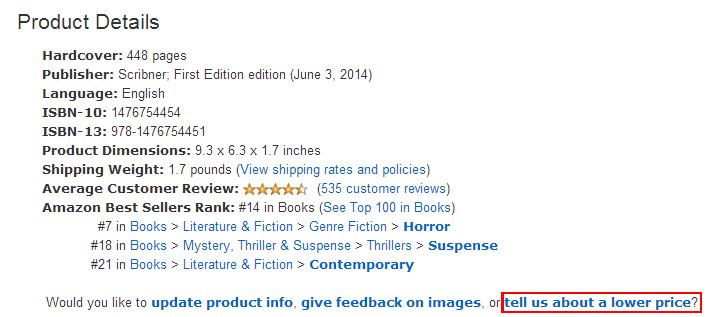
Step 4) Email Amazon support and tell them the book is available for free on other sites. cis@amazon.com
Step 5) Wait for Amazon to price-match to zero.
It may take a while for Amazon to get around to price-matching. Some writers have told me that it took over a month! If a month passes and nothing happens, have more of your friends click on that link above and/or contact Amazon support.
To be clear the “perma” in “perma-free” is anything but permanent. You can always start charging again if you want to.
Good luck, my friends!
by Ben Zackheim
You may also like:
Prepare your book for its free Amazon KDP Select days
Amazon has a bridge to sell ya!
Is Amazon KDP Select worth it?
 Nathan Fox is our Art Director and cover artist for the series. You’ve probably seen Nathan’s work in Rolling Stone, Wired, The New Yorker or a multitude of Marvel/DC/Image/Dark Horse comics. Let’s just say that having Nathan Fox on your team is like having a Hulk.
Nathan Fox is our Art Director and cover artist for the series. You’ve probably seen Nathan’s work in Rolling Stone, Wired, The New Yorker or a multitude of Marvel/DC/Image/Dark Horse comics. Let’s just say that having Nathan Fox on your team is like having a Hulk.







